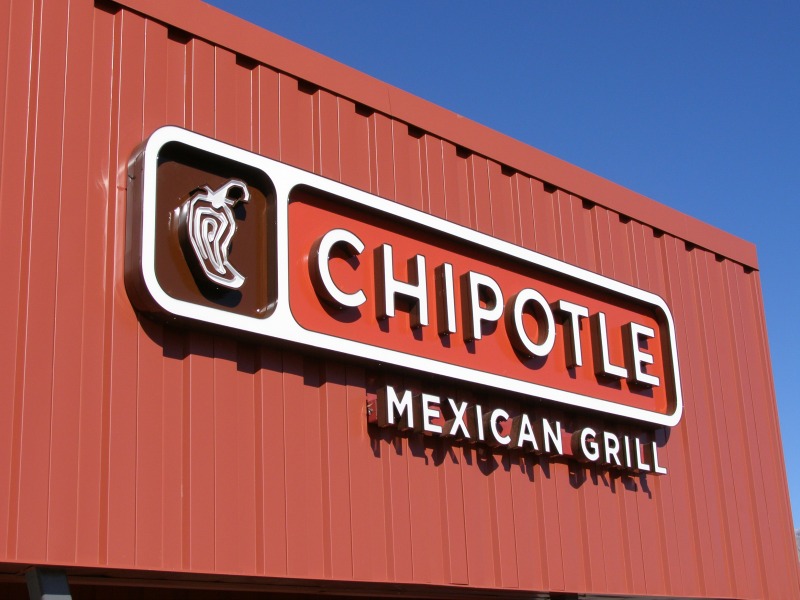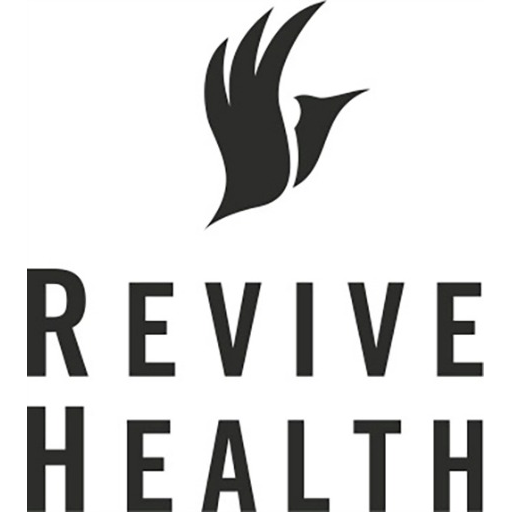Revive Health 10 Jun 2015 // 4:01PM GMT

The fast food industry faces a potential crisis on the horizon – changing taste among its once-dependable customers, market share decline due to emerging competitors like grocery stores and coffee chains, and long-term wage stagnation. Sales are on the decline for the industry’s leading brands, and the outlook on their future is discouraging.
But despite all that uncertainty, Chipotle is thriving. The company’s revenues continue to grow (up 28% in 2014 to $4.11 billion), and a new Chipotle seems to open every other day.
The keys to Chipotle’s contrarian success offer lessons that healthcare organizations, who themselves face similar challenges, can adopt as they navigate through a rapidly changing environment.
Seriously, Chipotle. Keep reading if you’re wondering.
1) Cast crises as contributors to the greater mission
For months, Chipotle has faced a shortage of one of its meat ingredients, carnitas. One of Chipotle’s major suppliers failed to meet the company’s high standards, so it was axed, even though a replacement wasn’t readily available. The problem has frustrated many customers and impacted sales. In fact, shortages still persist in several states. But, Chipotle remains committed to protecting its brand standards, even if it means enduring a self-inflicted wound in the short term.
2) Keep the focus on predictable, desirable products
In an age of infinitely expanding menus, Chipotle offers a handful of items and works hard to produce them with consistency and quality. Customers can rely on a simple, delicious experience, every time. And for this, they’re willing to pay nearly twice the price other fast food chains charge.
3) Maintain high quality at lightning fast speed
People are busy, and that means speed and efficiency are crucial. Customers know a trip to Chipotle will be quick, but that efficiency won’t come at the cost of the quality of what they’ll be ordering. They get quality and speed, and that’s worth paying for.
4) Promote a larger purpose
There’s a mission at Chipotle beyond serving food. That’s part of the story they tell, and part of the reason why customers stay loyal, even in a market that continues to decline. If a burrito joint can craft a story that creates emotional bonds with customers, think of what a healthcare organization can do.
5) Pay attention to all the details
It’s the little things that sometimes make the difference in the customer’s experience. The cleanliness and tidiness of the restaurants. Employees greeting customers. Interesting art hanging on the walls. Thoughtful recycling options to divert waste. Each of these makes a difference. Think about your own experiences – every single visit to Chipotle’s delivers the same food, same service, same clean environment. Pretty impressive.
In uncertain times, competition is tougher and mistakes are magnified. But there’s opportunity to thrive in that environment. Good brands differentiate. They provide a pleasant experience for their customers. And they tie their work to a greater purpose.
Healthcare organizations can set themselves apart and communicate their value in similar ways. Appealing design and aesthetic. Clean facilities and great service. A focus on consistent, quality results. A commitment to a greater mission. Each of these makes a difference, and combined, they make a significant impact. They form the connection between customer and brand, which goes infinitely further than the design of an organization’s logo.
Sasha Boghosian is senior vice president at ReviveHealth. A veteran communications strategist, he has spent nearly two decades helping healthcare clients overcome controversy and build public support.


































.jpg)













